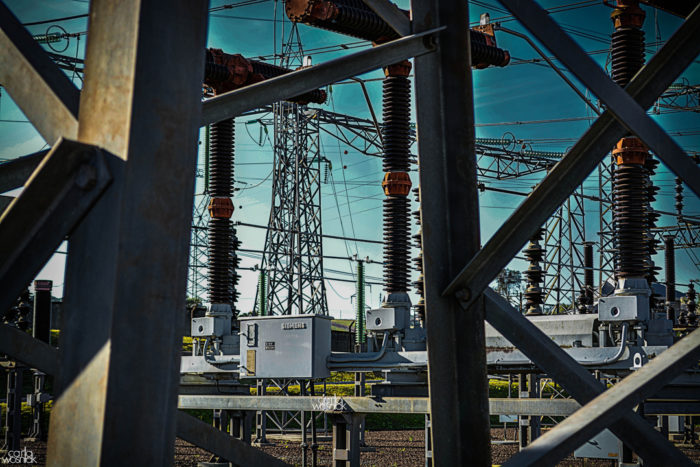
Image Credit: Carla Wosniak / CC BY 2.0 / Flickr
New York electric utility Con Edison is using a mix of efficiency programs, neighborhood solar, and other non-traditional approaches to relieve looming power shortages in parts of New York City and to avoid spending $1.2 billion on a new substation.
According to an article posted at Inside Climate News, ConEd realized two years ago that parts of two New York City boroughs, Brooklyn and Queens, would be demanding more electricity than the current grid could provide within a few years. The problem would be particularly acute on hot summer days, when air conditioning in the city is running at full tilt.
Typically, the answer would be to build a new substation, but the $1.2 billion price tag helped convince ConEd to look for a different solution. ConEd asked for suggestions and to date has received more than 80, which have been bundled into the Brooklyn/Queens Demand Management program, or BQDM. It employs a mix of efficiency and conservation measures as well as distributed power sources such as fuel cells and small-scale solar to meet 52 megawatts of an expected shortfall of 69 megawatts of electricity in 2018, the website reported. The rest of the power, 17 MW, would come from traditional utility infrastructure projects.
The cost? About $200 million, less than 20% of what ConEd would have spent on a new substation.
“This could be a harbinger of similar types of pilots that could happen elsewhere,” Omar Siddiqui, a senior technical executive at the utility funded nonprofit Electric Power Research Institute, told Inside Climate News. “Other utilities are certainly paying attention to what’s happening here.”
New York energy chief Richard Kauffman said that ConEd’s plan is something that could be replicated all over the country. “It’s not only an evolution of processes, thinking, and culture,” he said, “it’s also a gradual change in business models, evolving away from ‘programs’ to these activities being integral to the business itself.”
Some details are still being worked out, such as how new sources of electricity and conservation can be integrated with its existing grid, and how commercial and residential consumers can buy or sell electricity, the website said.
The ConEd service area covered by the plan includes about 310,000 customers, including 29,000 public housing apartments. Renters are the norm, the report said, and they are one of the “hardest markets to crack with incentives for energy efficiency.”
Weekly Newsletter
Get building science and energy efficiency advice, plus special offers, in your inbox.














0 Comments
Log in or create an account to post a comment.
Sign up Log in